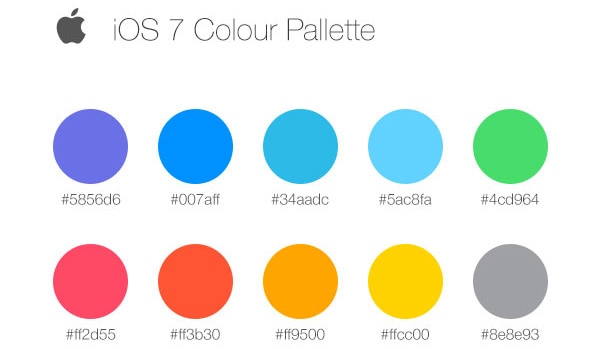

Even if you fail to notice it, colors greatly influence your mood. Related Smart Tools To Successfully Scale Your Design Business Color PsychologyĬolor is everywhere. Doing this will enable you to broaden your color combinations without overpowering your design with an array of colors. The output is a well-blended, balanced and polished look.Īn alternate way to keep a balanced color palette is by using shades (darker version) and tints (lighter version) of the color. The rule suggests that 60% of the palette is made up of the principal color in the design 30% and 10% will be divided into two accent colors.Ī great analogy for this rule is a man’s suit: 60% is the color of the jacket and the pants 30% is the color of the shirt, and 10% is for the color of the tie. This method is commonly applied to interior design, but can also be efficiently used for print and website tasks. The interaction of the colors involves the amount – or lack – of contrast, the ease of legibility when text is added, how the more distinct hues make the rest of the colors look when they’re beside each other, the kind of mood the combination gives off, and so on.Ī principle for implementing the fundamental three-color palette in design is the 60-30-10 rule.

The accent color/s will balance out and accentuate the dominant color.įocusing on how these colors connect with each other will enable you to tweak an ideal palette suitable for your project. The principal color will be the most prominent and most used hue in the design. Productively implementing color to a design project involves balance – and the more colors you incorporate, the trickier it gets to create balance.Ī simple way of thinking about this concept is by breaking your color selections into principal and accent colors. Incorporating colors to a design requires a lot more than deciding on two or three hues and blending them in equal parts into the layout.

This model uses a distinct set of base colors, the RGB (red, green and blue). Additive model entails the combination colored light (ex. The standard color wheel as well as the CMYK color system used for printing fall under this category. Subtractive model entails the combination colored pigments (ex. This method of color comprehension is divided into two categories: subtractive model and additive model. The color wheel is a simple yet effective visual aid to understand the relationship of colors with each other. With the addition of indigo, the primary and secondary colors make up the colors of the rainbow or the visible spectrum of light. Tertiary Colors: Red-Orange, Yellow-Orange, Yellow-Green, Blue-Green, Blue-Violet and Red-Violet Secondary Colors: Orange, Green and Violet Primary or Base Colors: Red, Yellow and Blue The traditional color wheel consists of 12 colors: You may already have an idea what a color wheel is, and you’ve likely seen it in school before. One of the basics of color theory is understanding the color wheel. Standard color theory can be a big help in understanding which colors may work efficiently together (or not) and what kind of impact the combinations can bring into your design. You can only do this if you have knowledge on how color theory works.

The color palette you pick will have a great impact not just on the design aspect, but also on how viewers will respond to your work.Īs a designer, your challenge is to balance the complex roles that color represents to produce an efficient and visually appealing design. The ideal color selections go above personal preference because colors can influence emotions, mood and thoughts. This applies especially if you’re designing for a client. You can’t choose colors just because you like them. Color selection, in most cases, is subjective, and, often, scientific. As a designer, your responsibility is to choose a combination of two or three colors that complement each other AND work best for your project. The human eye can see millions of different colors at once. In today’s digital era, you can have as many colors and color combinations as you like. Color selection is a stage in a design process that requires both smart thinking and gut feeling.


 0 kommentar(er)
0 kommentar(er)
